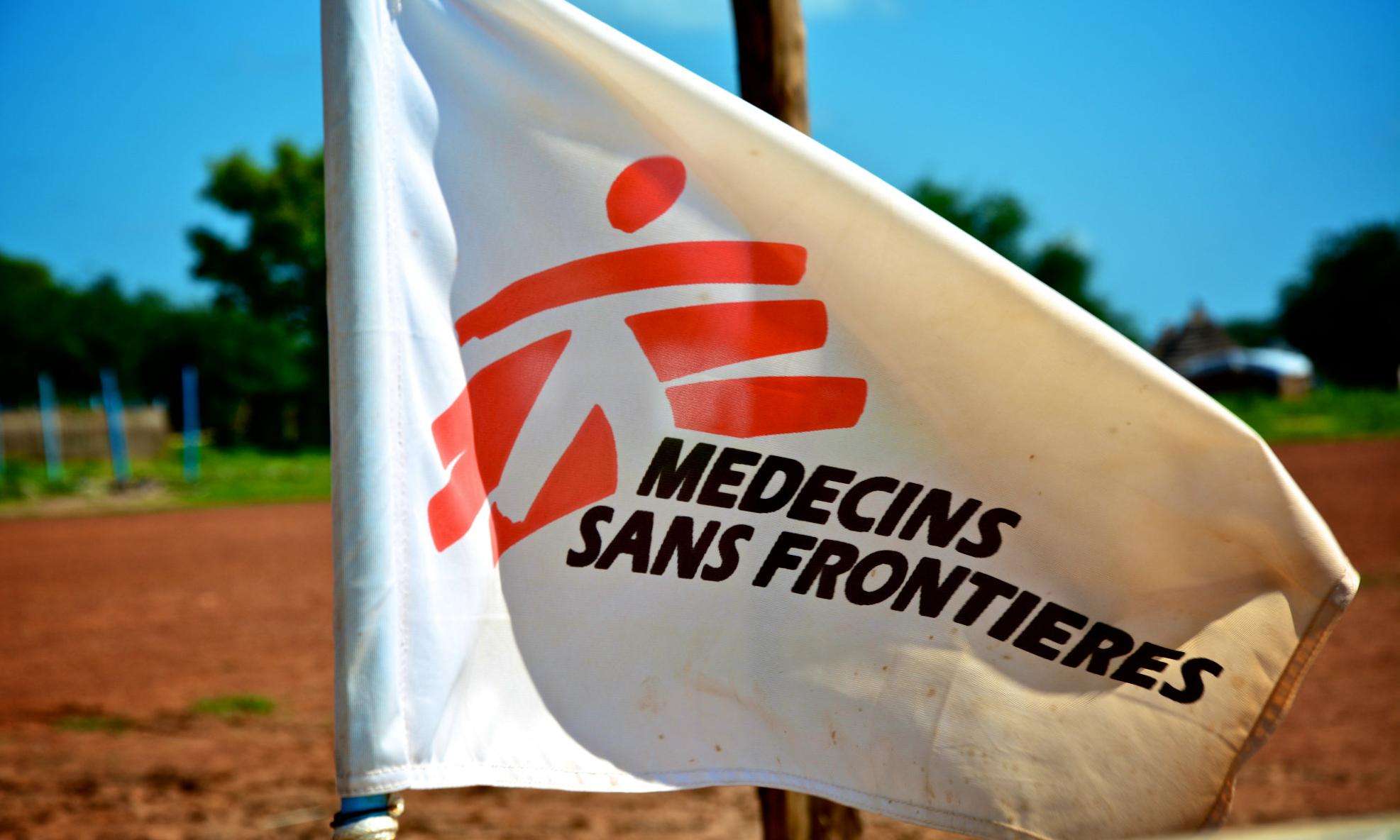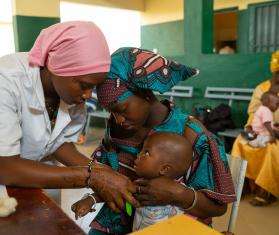Thousands of people risk their lives every year to cross the Gulf of Aden to escape from conflict, violence, drought and poverty. During 2007, almost 30,000 took the dangerous voyage to seek relative safety in Yemen. Due to the escalation of the conflict in Somalia and the food crisis in parts of the Horn of Africa, more and more people will join the already large refugee and migrant population in Yemen. During the first five months of 2008 over 20,000 arrived, more than double the number of arrivals in the same period last year. Lacking safe and legal alternatives to leave their country, refugees and migrants have to use the services of smugglers to cross the Gulf of Aden. The boat trip is fraught with danger; the smugglers are notorious for their brutality. Fatality rates are very high; for 2007, it is estimated that at least 5% those setting out on the dangerous journey did not reach the shores of Yemen alive.1 However, the actual death toll is probably much higher; the coastline is long, and neither all boats nor all the dead bodies are detected.
While most attention, especially in Europe, has focused on migrants and refugees coming via the Mediterranean, the tragedy unfolding in the Gulf of Aden is largely ignored by the international community and Western media. With this report, MSF aims to raise awareness about the plight of refugees, asylum seekers and migrants arriving on the southern coast of Yemen.
In September 2007, MSF established a project on the southern shores of Yemen to provide medical, psychological and humanitarian assistance to new arrivals. A system of focal points in strategic villages along the coast serves as alert system, allowing MSF mobile teams to intervene rapidly once an arrival has been signalled. In addition to providing emergency assistance on the shore, MSF operates the medical facility in the newly established reception centre at Ahwar. Since the beginning of the project, in September 2007, until the end of April 2008, MSF has provided assistance to over 6,000 refugees and migrants arriving on the shore of Yemen.
This report documents the medical and humanitarian consequences of the perilous journey, in particular of the abuses by the smugglers. MSF teams have treated patients for injuries from severe beatings, dehydration and respiratory problems. Many patients presented with general body pains and headaches physical manifestations of the psychological consequences of the extreme hardships of the journey. Many survivors have not only been through traumatic events themselves but have lost loved ones from violence or drowning. This report is based on medical and counseling data collected during MSF's operations and on the more than 250 testimonies gathered from new arrivals. People arrive exhausted, many of them ill and emotionally shattered. They told MSF harrowing stories of death and survival. Boats designed to carry 30 to 40 people at the most are packed with over 100 passengers, many of them stuck in small windowless storage places in the hold. People are forced to sit in the same position without moving and are, in the large majority of cases, deprived of food and water.
From nine out of ten boats, beatings were reported, the most common implements being sticks, pipes, belt buckles and sometimes also rifle buts and knives. Women and children are not spared.
Conditions are so harsh that deaths during the trip were confirmed from one third of the boats. The main causes were severe beatings, lack of food and water and suffocation from being in the hold of the boats. Several interviewees also reported cases where the smugglers threw passengers, including young children, overboard. Also cases of suicide were reported where passengers jumped ship out of desperation and fear.
Arrival on the Yemeni shores is exceedingly hazardous, as the smugglers take extreme measures to avoid being detected by the Yemeni security forces. In almost half the interviews, passengers reported that the boats did not come close to the shore and that they were forced to disembark in deep water. If passengers are afraid and refuse to jump, they are beaten and thrown into the sea. As many people, especially those coming from the interior of Ethiopia or Somalia, cannot swim, deaths from drowning are frequent. The majority of boats come towards the shore at night to avoid being spotted by the Yemeni military, which further exacerbates the risk of drowning. Almost one third of the respondents reported deaths from drowning. In two cases MSF provided assistance to survivors from boats where the majority of the passengers, 100 people or more, had drowned or were missing.
The majority of those crossing were aware of the risks, but told MSF that they had no choice. For them taking the dangerous trip does not constitute an option among several, but their only survival strategy to escape violence and destitution The majority of those interviewed listed multiple reasons for leaving, with violence and insecurity being the main one, followed by poverty and lack of work. About two thirds of the new arrivals were Somalis and one third Ethiopians. The majority of those crossing the Gulf of Aden were men, but over twenty percent were women. Most of them were young, in their mid-twenties, but MSF also encountered some older people as well as young children. Over half of the new arrivals interviewed were married. Families are frequently separated, with one or several family members taking the journey and the others staying behind, sometimes because they could not afford to travel all at the same time.
Before reaching Bossaso, the port of embarkation in the Northeast of Somalia, people have already been through a dangerous and expensive journey. There are around 100 checkpoints along the road from Mogadishu to Bossaso, and many reported being threatened and having to pay bribes. They also described attacks by armed robbers and cases of killings. In Bossaso, the new arrivals faced precarious living conditions and increasing insecurity.
Yemen traditionally has been welcoming to the new arrivals, especially Somalis. The Yemeni Government recognizes Somalis as prima facie refugees. Thus Somalis do not need to undergo individual status determination. However, newly arrived Ethiopians are considered illegal and subject to deportation, without a distinction made between migrants and asylum seekers. Thus, Ethiopians are afraid of being arrested and many of them start moving from the shore when they are still exhausted and weak.
The high influx of refugees and migrants poses a major challenge for Yemen. To date, the humanitarian response to those arriving at the shore as well as to the refugees and migrants already in Yemen has been far from adequate. More international assistance is urgently needed. Also, the response capacity of actors assisting refugees and migrants arriving on the coast needs to be strengthened. Few actors are present and there is an urgent need for additional organizations to intervene. UNHCR should increase its presence on the coast and assume a more pro-active, stronger role in fulfilling its protection mandate. Conditions in the Ahwar Reception Centre regarding registration, shelter and food and transportation should be improved. Also, new arrivals need to be provided with information about the options open to them in their respective languages.
Yemen is signatory to the 1951 Convention Relating to the Status of Refugees and its 1967 Protocol, the only country on the Arab peninsula to have acceded to these international instruments. However implementation at the national level is lacking and the Government of Yemen is urged to play a stronger role regarding its responsibilities for the protection of and humanitarian assistance for refugees, asylum seekers and migrants. The capacity of local and national authorities needs to be strengthened to respond to the needs of new arrivals. Non-Somalis should be allowed access to asylum procedures.
As long as conflict, poverty and drought in the Horn of Africa persist, people will continue to flee. Refugees and migrants must be provided with alternatives to putting themselves at the hands of brutal smugglers. The international community, governments and other actors should make every effort to address the humanitarian needs of the migrants and refugees concerned.





